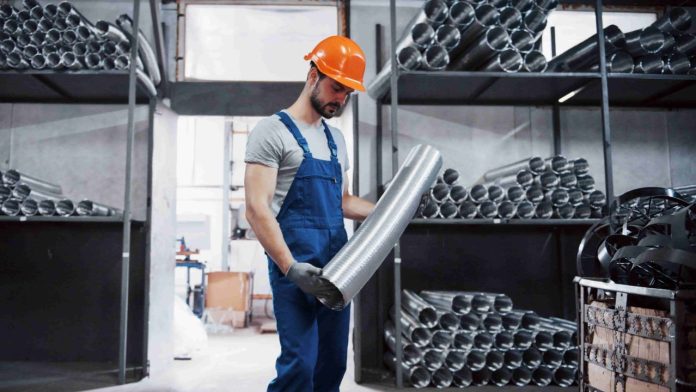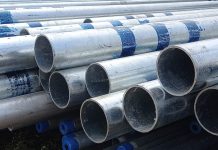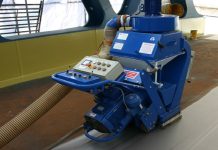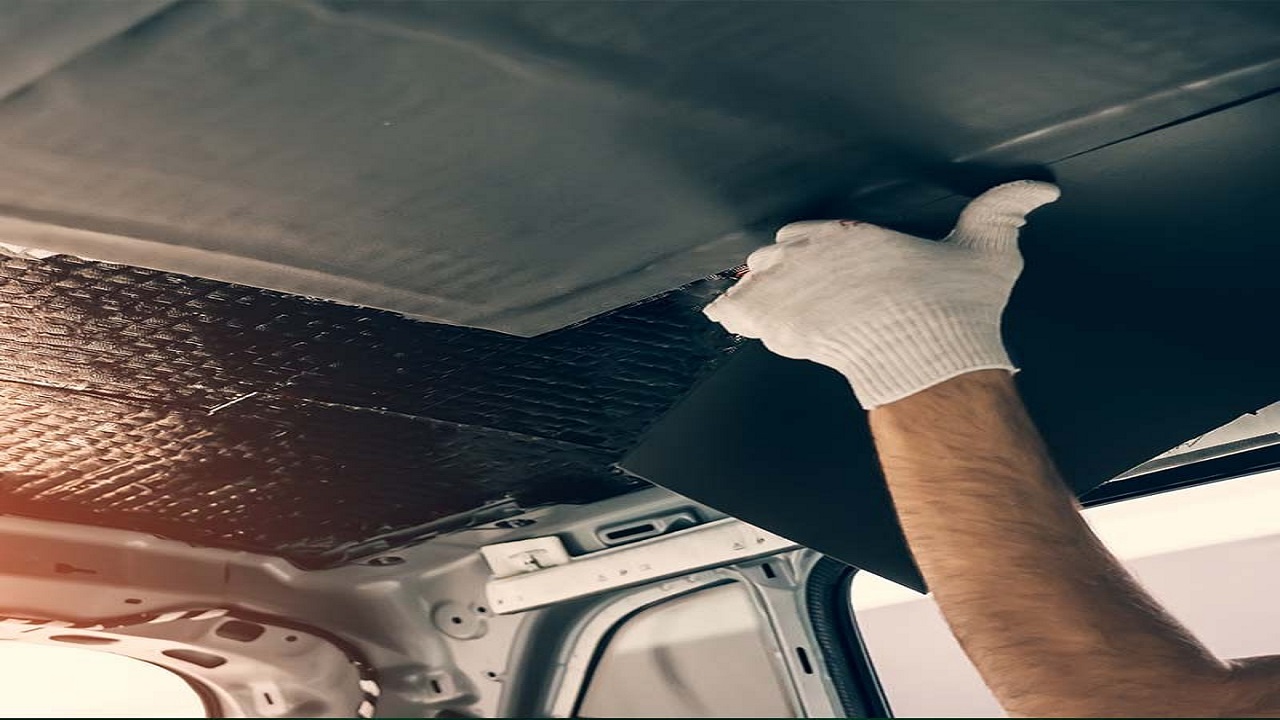Stainless steel functions as a multipurpose. It is a long-lasting material. Stainless Steel is widely used in construction and medical equipment. It is due to its exceptional resistance to corrosion and durability. Quality achievement in manufacturing stainless steel products demands both a tightly controlled methodology and skilled process management. Quality control (QC) functions as a vital component at this point.
Quality Control in Stainless Steel Manufacturing
The manufacturing processes and operational practices that verify that stainless steel products fulfill established quality requirements make up quality control in stainless steel manufacturing. The standards include mechanical properties which include toughness and tensile strength corrosion resistance dimensional accuracy and surface finish requirements. The QC process operates throughout production stages starting from raw material selection through completed product testing to verify strict specifications.
Why Quality Control Matters
Quality control stands as an essential component which requires immediate attention. Stainless steel serves critical functions in systems that require strict failure prevention because failure would produce major adverse outcomes. The material used in building construction or bridge development needs to resist environmental forces without losing its foundational strength. Medical devices made from stainless steel require flawless materials because any imperfection could lead to device failure or product contamination. Quality control serves as a critical manufacturing requirement in high-stakes applications because substandard materials create extensive consequences.
Quality control stages
Raw Material Inspection
The first step of quality control takes place during raw material evaluation. The production process starts with a series of quality examinations that check iron chromium nickel and other alloying elements before their fusion. The required chemical composition of each component determines how well the final product meets its desired properties including corrosion resistance and strength. Defective stainless steel occurs when manufacturers use inferior raw materials resulting in products that fail to meet essential mechanical and environmental standards.
Smelting and Decarbonization
The melted raw materials undergo decarbonization as their next processing step. The manufacturing goal during this period involves carbon level reduction to satisfy alloy requirements. This stage uses quality control to verify the correct carbon concentrations. The entire manufacturing process becomes compromised when steel quality suffers due to inadequate control of carbon levels during the manufacturing process.
Hot Rolling and Cold Rolling
The steel receives temperature treatments during rolling before mills process it to achieve reduced thickness. The hot rolling procedure is followed by cold rolling to provide optimum surface smoothness. The steel requires a complete quality control assessment to verify its uniform processing. The material’s structural integrity and aesthetic quality suffer when thickness or surface texture shows any minor deviations.
Pickling and Surface Treatment
In the pickling process, essential steel surface contaminants along with oxides are eliminated to prepare the steel for future treatment steps. Surface treatment incorporates passivation to establish corrosion resistance in materials. Quality control checks for these processes confirm that no defects including pits or irregular coatings exist because they would weaken material durability. The surface finish requirements must be verified through inspections because stainless steel materials used in architectural design need precise specifications.
Mechanical Testing
After stainless steel production into final products such as pipes or sheets mechanical testing begins. Quality control tests evaluate tensile strength alongside hardness ductility and impact resistance. These properties enable the material to function effectively in particular environmental settings. Machine-based testing and visual examinations operate together as part of the quality control process to confirm the materials satisfy ASTM along with additional international standards.
The Role of Automation and Technology in Quality Control
Stainless steel manufacturing quality control has experienced a transformation through recent advancements in automation and advanced technology. Modern automated systems enable accurate parameter measurements while providing real-time monitoring capabilities for temperature and thickness and chemical composition assessment. Continuous quality assessments during production are sustained by these modern systems while they also eliminate chances of person-associated mistakes. The detection of invisible production defects relies on advanced testing methods which include X-ray diffraction and ultrasonic testing. These manufacturing tools help companies detect problems during early production stages so they can eliminate expensive mistakes yet achieve continuous product quality levels.
Quality Control Standards and Certifications
Stainless steel manufacturers must follow international quality standards to succeed. Quality control processes receive their guidelines from two types of certifications: ISO 9001 and industry-specific standards including ASTM and API 5L. The standards create compliance requirements that verify products maintain safety levels durability standards and performance capabilities. Stainless steel certifications enable customers to verify that their purchased materials exceed or match their specified requirements.
Conclusion
Quality control stands as a fundamental requirement throughout stainless steel manufacturing operations. Through this process, the manufactured material provides safety combined with durability for its specific applications. Quality control processes through their inspections of raw materials and final testing help manufacturers detect early defects while protecting the manufacturing process’s integrity. The importance of robust quality control systems will rise in parallel with industry evolution and technological advancements in stainless steel manufacturing. Manufacturers need to set quality control priorities for both regulatory compliance and for delivering trustworthy products to customers who demand reliability across repeated use.













